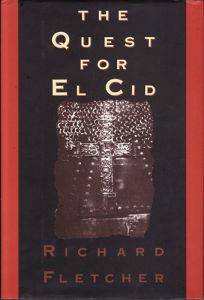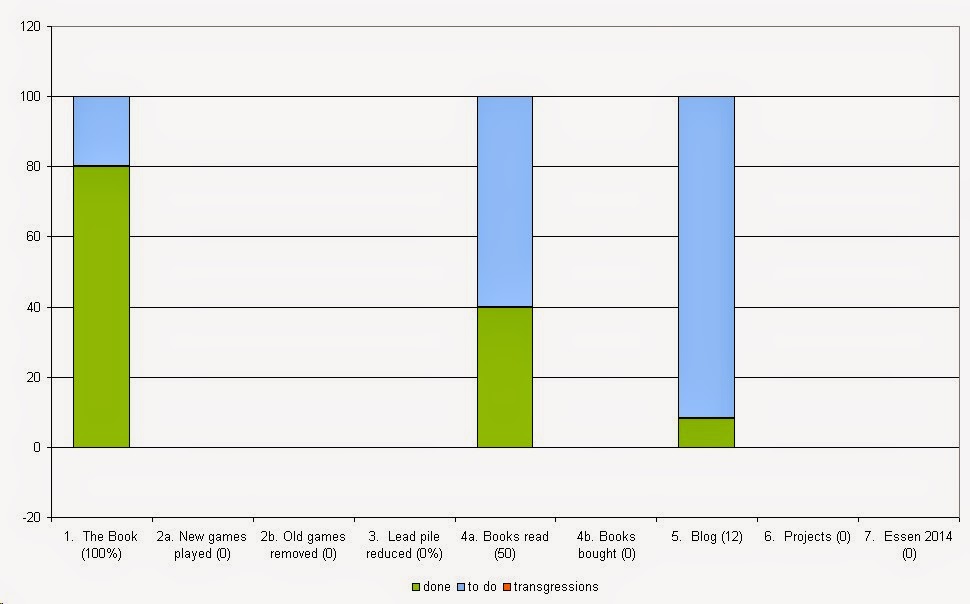One of those instances where work and hobby coincide! A few weeks ago I considered doing a tweet with a thematic map to commemorate the birth of the Kingdom of the Netherlands on March 16th 1815. It is an interesting episode because it happened in the pressure cooker days after Napoleon had returned from Elba and it included at that time most of the area we now recognise as Belgium.
My take was to create a map of the Low Countries in 1815 and link it to data from our
historical collection on the 1815 census. I though that sending out a tweet with the map would be a nice gesture and likely to get picked up by the media.
I set out searching for a shapefile (a file that holds the spatial information of the map, like borders of provinces) of the Low Countries in 1815 at the time but found none. Then I thought it might be possible to stick together maps of the north and the south into one map, which is what we ended up doing in two stages. I managed to find a shapefile of the north for 1815, and on the assumption that the current Belgian provinces were much like those in 1815 my colleague in the mapping department stuck the two together. I was SO thrilled with the result.
And so were some of my colleagues, who suggested not just a tweet but a short article, using more data and adding more maps. I set to work on that, despite the fact that I would also have to hand in my two chapters for the Waterloo book this week. That was pretty stupid.
In my enthusiasm I showed the maps to my Belgian stepfather who immediately spotted some necessary changes: in 1962 a number of municipalities was exchanged between Flanders and Wallonia to conform to the language divide, and in 1920 the Belgian took an area on their eastern border including Eupen and Malmedy from the Germans as a compensation for damages in the First World War. And a few minor others.
Just as I was contemplating defeat, another Belgian connection, a very kind historical geographer from the University of Ghent, stepped in and offered the right historical shapefiles for Belgian provinces in 1815. The colleagues at the mapping department stuck those to the north (and a current shape of Luxembourg) and voilá!
The colleagues also suggested doing a
storymap application which has turned out pretty awesome as well.
I struggled through the week, working on the article, the map and the book at the same time. Occasionally it looked like it would fail, but on Friday it all came together in the end: chapters went to the publisher,
article was finalised and approved and the storymap finished. Much relieved and tired.
So on Monday: cake for the great people that did the mapping. They are awesome!


















































